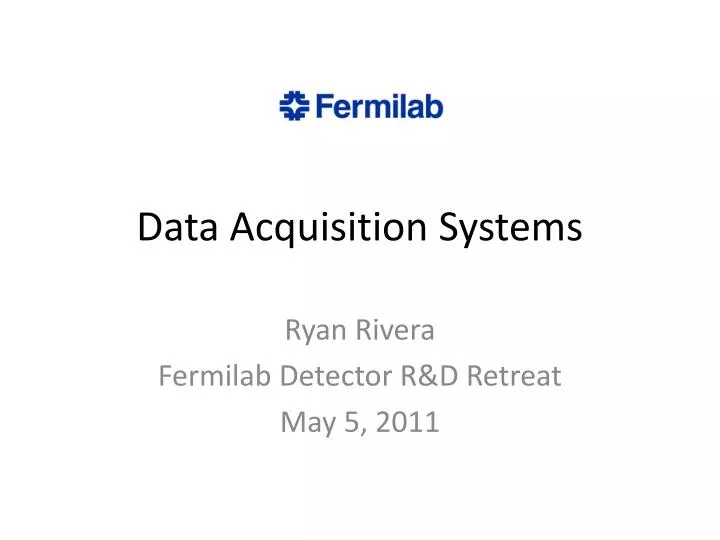
In this work, this methodology has been implemented and illustrated in two parts. Both frameworks complement each other and compose a unique methodology for the eco innovation of IoT systems, applicable from basic information available to designers. Based on that, another framework for eco design is built.

The second one promotes the approach of “right-provisioned-devices” that guides the selection of suitable components under three interdependent criteria (physical, technical and circular), considering a preliminary design step of data and information flow. Based on that, a framework for impact estimation is built. The first one establishes two inexorable and indissociable concepts “function-capacity” that facilitate the definition of reference flows. In this manner, this thesis is developed on the basis of two points of reflection. To achieve this goal, this work starts from the idea that substantial information for an IoT application can be obtained from the efficient collection and organization of sufficient, yet meaningful raw data.
#Basic data acquisition system.pdf full#
It is in this context that this thesis aims to build a practical design methodology oriented to estimate the environmental impact of full IoT systems, and minimize this impact from the early steps of the development of new prototypes. Besides of all this, the research on impact estimation struggles with the absence of LCA data, and practice of eco design is hampered by the impracticability of applying exhaustive LCA modeling, within the typical design workflow of devices.

On the other hand, the eco design tools found in literature suffer from shortcomings and some of the most innovating solutions are projected promising, but also can cause collateral damage. However, Life Cycle Assessment (LCA) literature focused on IoT systems shows that few authors cover the full architecture. In the face of the potential impacts of this tendency, researchers put more efforts on measuring the environmental impact of IoT systems, proposing tools to reduce this impact and offering innovative solutions. The accelerated adoption of the Internet of Things by our modern societies has increased significantly the production of connected devices and data in recent years. However, the basic concepts covered here are generally universal in the world of DAQ and form the foundation to the more sophisticated DAQ systems These high-performance systems may incorporate highly advanced functions and features. Commercial DAQ products come in all shapes and sizes, from very inexpensive and simple single-function devices to high-end sophisticated measurement systems that have been engineered to deliver top-notch performance, flexibility, and reliability in a wide range of environmental conditions.
#Basic data acquisition system.pdf driver#
This article has introduced the fundamental components of Data Acquisition (DAQ) systems, including the A/Ds and D/A converters, multichannel architectures, system timings, signal conditioning, driver software, and the application software. The number of bits of sequences determines possible values of the conversion: 2n for n bits. Quantifying means representing the continuous values of the analog signal using a set of discrete values, and codifying means representing these discrete values by bit sequences. The conversion is carried out in two steps: first the signal is quantified to be codified later. At the heart of the DAQ system is data conversion, which is the process of converting analog signals into digital formats, and vice versa. The Data Acquisition (DAQ) systems are so fundamental that plays important role in all walks of science and technology and indeed in our everyday lives.


 0 kommentar(er)
0 kommentar(er)
